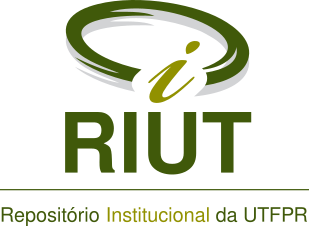Efficiency of extraction of antioxidant compounds in by-product from red guava processing
Resumo
Studies that investigate efficient methods for extraction of antioxidant compounds in by-products of fruits can contribute to their appreciation in human food. This study aimed comparing two methods for phenolic extraction - single extraction (single solvent) and sequential (different solvents) in by-product from Paluma guava processing, evaluating the influence of the extracts on the stabilization of radicals by DPPH and ORAC assays. Sequential extraction showed higher efficiency in obtaining phenolic (2.60 > 0.56 mg GAE g-1), allowing the extraction of free phenolic, conjugated and fat-soluble, as well as determining the highest antioxidant capacity in these extracts. Acetone was characterized to be the responsible solvent for higher extraction of phenolic in the sequential extraction, being necessary 0.90 mg mL-1 of extract to reduce 50% the action of DPPH• radicals. Thus, sequential extraction of phenolic is a potential method for better use of antioxidant compounds in the guava processing by-product.
Palavras-chave
Texto completo:
PDF (English)DOI: 10.3895/rebrapa.v8n4.5015
Apontamentos
- Não há apontamentos.
Direitos autorais 2018 CC-BY

Esta obra está licenciada sob uma licença Creative Commons Atribuição 4.0 Internacional.





